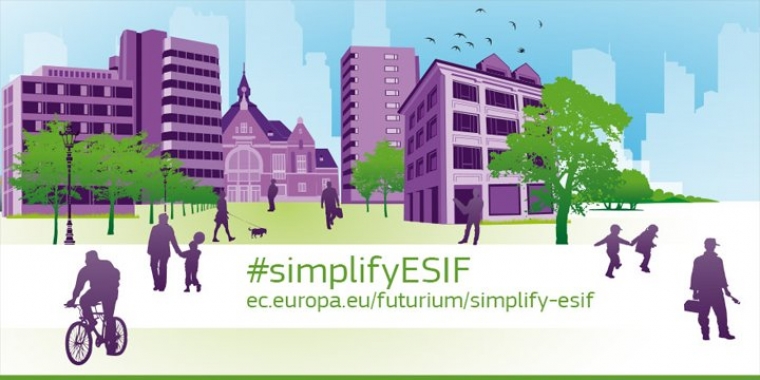Simplifying Structural Funds
A Housing Europe summary
Brussels, 21 March 2016 | Published in Economy
The first set of conclusions and recommendations of the High Level Group (HLG) monitoring simplification for beneficiaries of the ESI Funds has been sent to the European Commission. Housing Europe draws some first conclusions.
Simplified costs include using flat rates, standard scale of unit costs or lump sums instead of reimbursing real costs.
This normally reduces the administrative burden on project promoters. The eligible costs are calculated according to a predefined method based on outputs, results or some other costs. The tracing of every euro of co-financed expenditure to individual supporting documents is no longer required.
For example, indirect costs could be calculated by applying a percentage to direct costs or to staff costs. A seminar could be reimbursed based on an agreed lump sum in which case the beneficiary would be paid on the basis of proof of organisation of such a seminar with no need to detail the real costs of the project.
Conclusions and recommendations about the simplified cost options:
- Lack of legal certainty: the HLG calls on the Commission to ensure that the barriers and uncertainties around the use of these options are clarified.
- The EC should do more capacity building for managing authorities (how SCOs should be documented, monitored, archived and audited)
- EC should bring forward legislative changes as soon as possible to remove some of the restrictions that complicate the use of SCOs and make the flat rates currently possible for some funds or objectives available to all.
- The beneficiaries also need a clear guidance
- Other options could be developed to simplify the payment procedure: As is the case in Horizon 2020, payments could be made upon declarative commitments by the researchers on the implementation steps of the project (no need to keep every bill of every item of expenditure of the project).
Beyond 2020, it’s important to identify ways to extend the use of mandatory SCOs, with clear requirements on audit and control; and finding a way to avoid conflict between the use of SCOs and state aid rules.
The European Commission goal: 20 % of ESIF should be delivered by SCO by 2017. According to a survey done in 2015, 7 % was reimbursed this way; therefore in 2017 we can reach even 30 %.
What’s next?
Next meeting, paper of HLG: July 2016